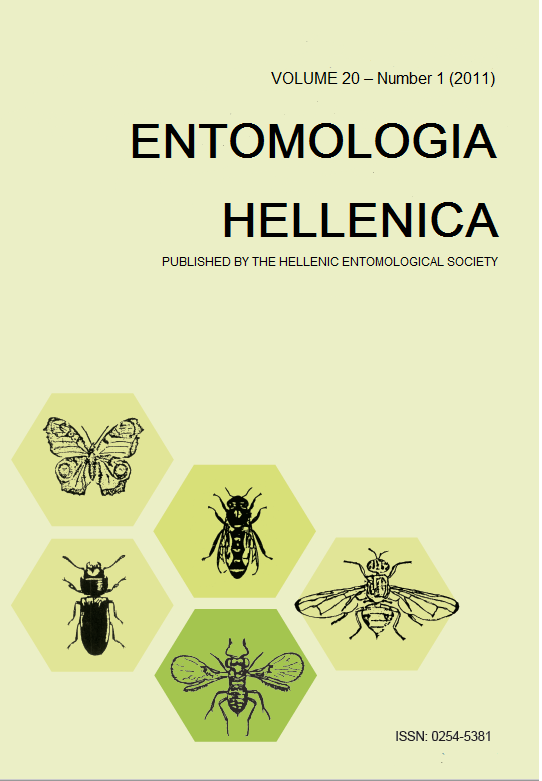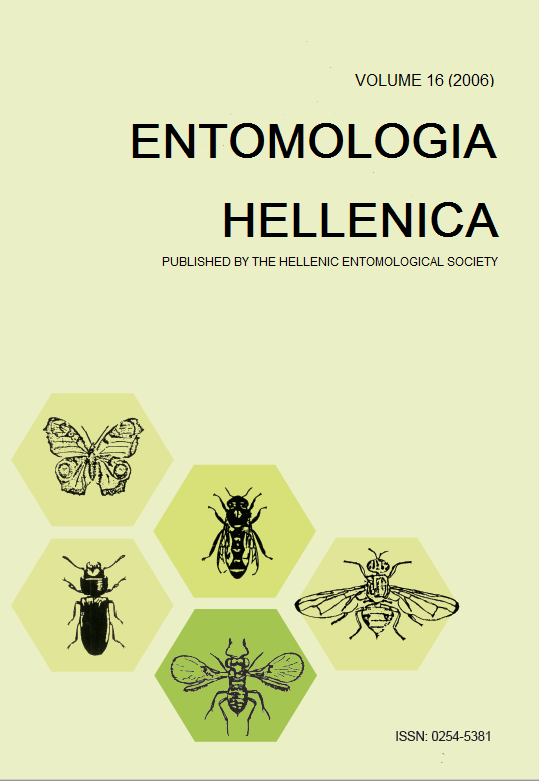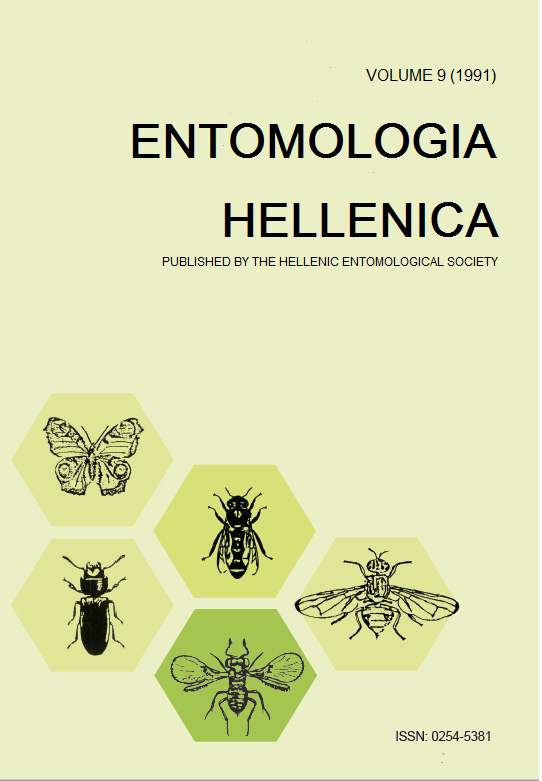A geographical study on Pseudaulacaspis pentagona and its parasitoids in Hungarian highway margins using pheromone traps and molecular markers

Abstract
A study has been conducted to monitor geographical spread of the white peach scale Pseudaulacaspis pentagona (Targioni Tozzetti) (Hemiptera: Diaspididae) (WPS) and its parasitoid populations in 32 stops of the Hungarian highways (M0. M1, M3, M5 and M7) using pheromone traps during 2009 and 2010. In addition to the data collected in the current study, previous data were used to investigate the population trend of this pest from 2007 to 2010. The number of males recorded in traps placed on highways was much lower than in the sites close to urban areas (M0). Our data support results of previous studies which suggest the spreading of white peach scale by vehicles (“transport vector”). The significant decrease in the WPS male catches from 2007 to 2010 might indicate the lowering of the population levels of this pest in the area of the study. Eight hymenopterous parasitoid species were captured in pheromone traps. Coccophagus sp. was the predominate species in pheromone traps of WPS in M7, how-ever they may be associated with another coccid species. The identity of scale males and some parasitoids was proved by molecular markers.
Article Details
- How to Cite
-
Bayoumy, M. H., Fetyko, K., Tobias, I., Konczné Benedicty, Z., Szita, É., & Kozár, F. (2011). A geographical study on Pseudaulacaspis pentagona and its parasitoids in Hungarian highway margins using pheromone traps and molecular markers. ENTOMOLOGIA HELLENICA, 20(1), 17–30. https://doi.org/10.12681/eh.11505
- Issue
- Vol. 20 No. 1 (2011)
- Section
- Articles

This work is licensed under a Creative Commons Attribution-NonCommercial-ShareAlike 4.0 International License.
Authors who publish with this journal agree to the following terms:
Authors retain copyright and grant the journal right of first publication with the work simultaneously licensed under a Creative Commons 4.0 license.
Authors are able to enter into separate, additional contractual arrangements for the non-exclusive distribution of the journal's published version of the work (e.g. post it to an institutional repository or publish it in a book), with an acknowledgement of its initial publication in this journal. Authors are permitted and encouraged to post their work online (preferably in institutional repositories or on their website) prior to and during the submission process, as it can lead to productive exchanges, as well as earlier and greater citation of published work.




